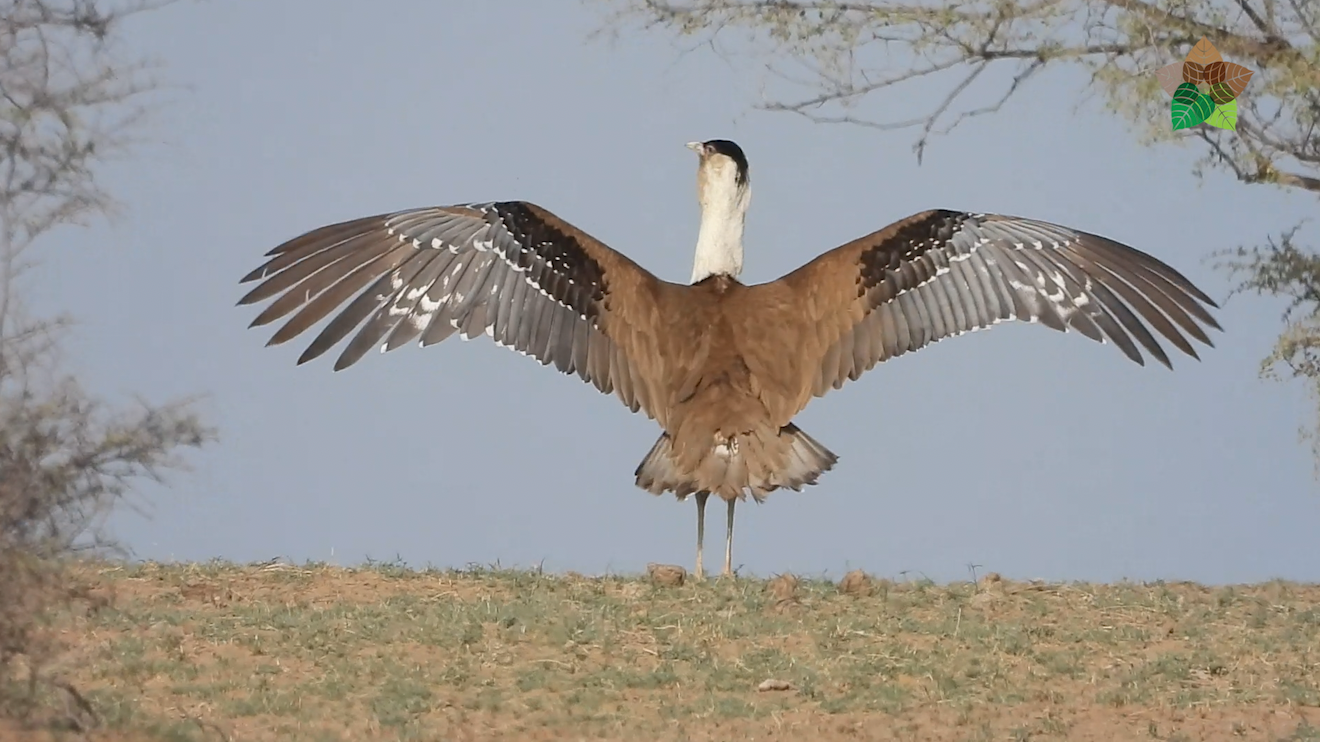The critically endangered Great Indian Bustard (GIB)
Village Square
May 19, 2023
Jaisalmer, Rajasthan
Earlier present in the whole of western India, the GIB is now a critically endangered species with only about 100 birds remaining. They face threat to their habitat due to green energy, poaching, industrialisation and mining.
As more and more windmills and solar energy panels dot the desert landscape, the critically endangered great Indian bustard faces yet another major challenge to its survival. They often collide with the high-tension wires, which causes their death. The GIB population has now declined to about 100. “As much as 80 percent of the total mortality can be attributed to these electric wires,” says Radheshyam Bishnoi, a local conservationist from Pokhran in Rajasthan where around 55 percent of bustards exist.
The GIBs have monocular vision, meaning they have eyes on the sides and not front, due to which they are unable to see the high-tension wires. Their weight makes it hard for them to manoeuvre quickly while flying. Bustards are the heaviest flying birds and can weigh up to 20 kg. They also lay only one egg each year and that too depends on the amount of rainfall, so the rate of survival is very less. Unlike other birds which lay their eggs on a tree, bustards lay their eggs on the ground in an open field and so they often get eaten by dogs, cats and monitor lizards.
A critically endangered species, the GIB, is listed under India’s Wildlife (Protection) Act 1972. According to the Wildlife Institute of India, the GIB population has seen a decline of 75 percent in the last 30 years.
Radheshyam Bishnoi is a conversationalist based in Pokhran, Rajasthan.
Edited by: Novita Singh






